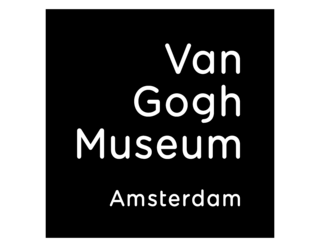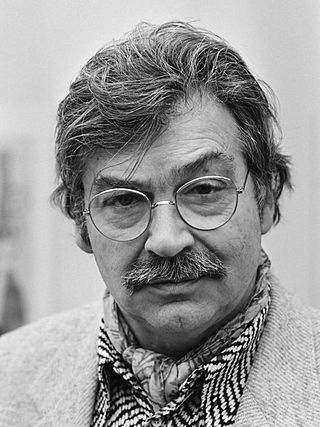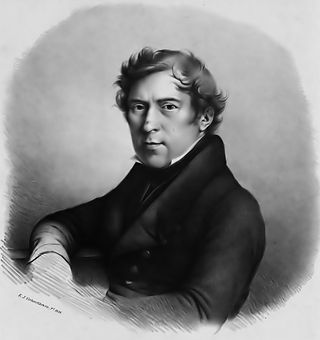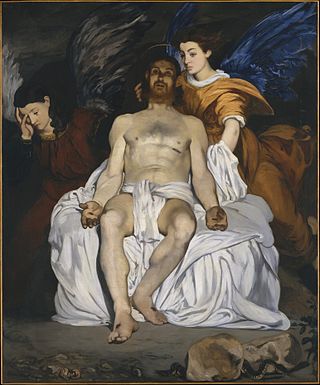
Édouard Manet was a French modernist painter. He was one of the first 19th-century artists to paint modern life, as well as a pivotal figure in the transition from Realism to Impressionism.

The Van Gogh Museum is a Dutch art museum dedicated to the works of Vincent van Gogh and his contemporaries in the Museum Square in Amsterdam South, close to the Stedelijk Museum, the Rijksmuseum, and the Concertgebouw. The museum opened on 2 June 1973, and its buildings were designed by Gerrit Rietveld and Kisho Kurokawa.

Christiaan Karel Appel was a Dutch painter, sculptor, and poet. He started painting at the age of fourteen and studied at the Rijksakademie in Amsterdam in the 1940s. He was one of the founders of the avant-garde movement CoBrA in 1948. He was also an avid sculptor and has had works featured in MoMA and other museums worldwide.

Constant Anton Nieuwenhuys, better known as Constant, was a Dutch painter, sculptor, graphic artist, author and musician.

Le Déjeuner sur l'herbe – originally titled Le Bain – is a large oil on canvas painting by Édouard Manet created in 1862 and 1863.

Johannes Hermanus Barend Koekkoek was a Dutch marine artist. He signed his paintings, and is perhaps better-known as, Jan H. B. Koekkoek.

Robert Ryman was an American painter identified with the movements of monochrome painting, minimalism, and conceptual art. He was best known for abstract, white-on-white paintings. He lived and worked in New York City.

Isaac Lazarus Israëls was a Dutch painter associated with the Amsterdam Impressionism movement.

Lucebert was a Dutch artist who first became known as the poet of the COBRA movement.

Dutch art describes the history of visual arts in the Netherlands, after the United Provinces separated from Flanders. Earlier painting in the area is covered in Early Netherlandish painting and Dutch and Flemish Renaissance painting.

Michaël Borremans is a Belgian painter and filmmaker who lives and works in Ghent. His painting technique draws on 18th-century art, as well as the works of Édouard Manet and Degas. The artist also cites the Spanish court painter Diego Velázquez as an important influence. In recent years, he has been using photographs he has made himself or made-to-order sculptures as the basis for his paintings.

Andreas Schelfhout (1787–1870) was a Dutch painter, etcher and lithographer, known for his landscape paintings.

Franz Wilhelm Koenigs was a German banker and art collector.

Johannes Hermanus Koekkoek was a Dutch painter and draughtsman.

Han Schuil is a Dutch multimedia artist, who works in a Dutch tradition of compactness and tension in painting.

Jean-Baptiste-Antoine Guillemet was a French renowned landscape painter and longtime Jury member of the Salon des Artistes Francais. He was one of the first 19th-century artists to paint modern life, and a pivotal figure in the transition from Realism to Impressionism.
Daniël (Daan) van Golden was a Dutch artist, who has been active as a painter, photographer, collagist, installation artist, wall painter and graphic artist. He is known for his meticulous paintings of motives and details of everyday life and every day images.

The Dead Christ with Angels is an 1864 oil painting by French painter Édouard Manet. The painting depicts the biblical story of Mary Magdalene entering the tomb of Jesus and seeing two angels but finding Jesus's body missing. It is now in the Metropolitan Museum of Art in New York City.
Steven Aalders is an abstract artist, known for his minimal geometric oil paintings.

Passing Mother's Grave, also known as Passing the Churchyard, is an oil painting on canvas made in 1856 by Jozef Israëls, a Dutch realist artist and a representative of the Hague School of painters. The subject of the painting is a widowed fisherman walking past his deceased wife's grave with his two children.

















